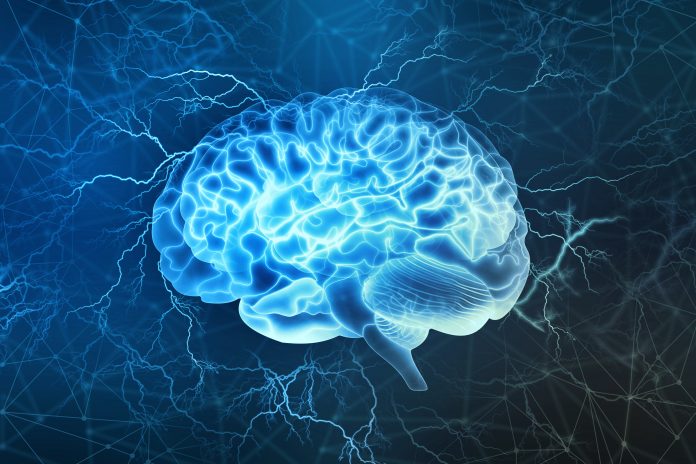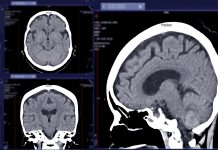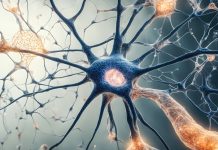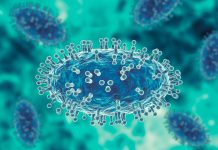Nina Schor, MD, PhD, Deputy Director and Acting Scientific Director of the National Institute of Neurological Disorders & Stroke, part of the National Institutes of Health in the U.S., underlines the importance of investing in the future of neuroscience
NINDS recently developed its 2021-2026 Strategic Plan to help identify priority goals, ensure that investments and activities help advance the Institute’s mission, and develop a strong scientific and organisational culture. Its creation involved 100 taskforce and steering committee members, 140 external stakeholders who participated in focused discussion panels, and more than 100 responses to Requests for Information (RFI) from the public. The responses came from principal investigators of NIH grants, researchers, trainees, professional organisations, patients, patient advocates, non-profit organisations, healthcare providers, research institutions, science administrators, and members of the public.
As the Strategic Plan began to emerge, several areas of focus stood out as important objectives, identified as “cross-cutting themes.” Together, they represent what NINDS stands and strives for; teaches to the next generation scientific workforce; applies to the evaluation and analysis of our extramural efforts; and engenders in its intramural biomedical community.
Equality, diversity and inclusion means hearing, respecting, engaging, and helping all people. Over the next five years, NINDS will roll out initiatives that democratise the availability of advanced technologies and approaches to neuroscience and neurological disorders. We will enhance our training, grant mechanisms, and outreach to communities currently underrepresented in science and medicine. We have already made program enhancements available to those most affected by the COVID-19 pandemic.
Rigour and transparency of research methods, data, analyses and interpretations build and maximise trust within the scientific and lay communities. Extramural scientists will see opportunities for NINDS funding to enhance and enrich the rigour and transparency of the work we underwrite. Through investigator-initiated and consortium-based research, new accountabilities are likely to ensure that data are posted and publicly. In training and education, curricula are being developed and will be disseminated to students to ensure that every graduate student emerges from a degree-granting program with a fundamental understanding of statistics, study design, transparency and clarity, and public accountability.
NINDS welcomes and values both investigator-initiated and innovative team science. We recently convened a taskforce to think through and operationalise the encouragement and facilitation of team science and anticipate that funding opportunities will soon arise from this effort.
As part of the Brain Research Through Advancing Innovative Neurotechnologies® (BRAIN) Initiative, our Neuroethics Working Group plans opportunities to proactively engage scientists around the ethical dilemmas created or revealed by the technologies that BRAIN enables. The NINDS Neuroethics Program is working to disseminate this approach beyond BRAIN to all the program areas in which we fund the research enterprise.
Two RFIs that were a critical part of our strategic planning process highlighted the importance of patient engagement, not only for the recruitment into studies we support, but also for understanding the issues important to the patients we serve and in designing, publicising, and making available data from those studies. NINDS is committed to patient engagement and the education of trainees around its importance to science and medicine.
The BRAIN Initiative, the Small Business Innovation Research (SBIR), and Small Business Technology Transfer (STTR) programs have “technology” written all over them! These funding and networking programs house explicit mechanisms for enabling and encouraging the dissemination of the technologies developed by NINDS-funded investigators.
Model systems are critically important for understanding, treating, and preventing human disease. NINDS remains committed to funding and performing research that enables the development and validation of new model systems and embraces the notion that the choice of these systems depends upon the problems being studied and the questions being asked. As a result, the NINDS portfolio should include studies using many different model systems. Researchers should be able to understand the respective strengths and weaknesses of the many model systems that might be used in their and others’ work.
Data sharing and data science will continue to be increasingly important for all aspects of research. As our capabilities around accruing, organising, and mining data increase, so too do our obligations around availability and accessibility, interoperability and rigour. We have convened a taskforce and journal club focused on data science and have already created accessible databases and harmonisation initiatives for accrued data on such things as traumatic brain injury and nervous system effects of COVID-19.
The COVID-19 pandemic has put a spotlight on the power of NIH partnerships with industry and other federal agencies, such as the NINDS partnerships with the Help End Addiction Long-term (HEAL) Initiative, the BRAIN Initiative and the Accelerating Medicines Partnership (AMP) Parkinson Disease (PD). Over the next five years, NINDS hopes to design training mechanisms that equip students and fellows for the partnerships of the future. In addition, new initiatives such as the Ultra-Rare Gene Therapy (URGenT) Network will encompass new and broader partnerships to enable, democratise, and render equitably available personalised medicine approaches to neurological disorders.
Closing remarks
Finally, in acknowledgement of the unique capabilities of the NINDS Intramural Research Program, NINDS will explore the creation of funding mechanisms that leverage that program’s strengths, including the feasibility of inpatient deep phenotyping, translation of findings from the laboratory to the clinic to the community and pursuit by investigators of high-risk, long-term scientific issues.
The breadth of individuals engaged in and by the NINDS strategic planning process ensured that a diverse spectrum of specific interests, approaches, and basic and clinical topics are addressed and will occupy the efforts of the NINDS workforce over the next five years. But perhaps even more important, the synthetic and consensus-building process we used identified several cross-cutting themes that collectively characterise our priorities and our purpose. These principles will pervade the implementation of every specific objective elaborated in our strategic plan and will tell our stakeholders who and what we are and hope to be.
Further Reading: Paths to Dementia
You may like to read a piece in our previous edition where Dr Roderick Corriveau, PhD from the National Institute of Neurological Disorders & Stroke, part of the National Institutes of Health in the U.S., detailed the importance of understanding the many possible paths to dementia.








